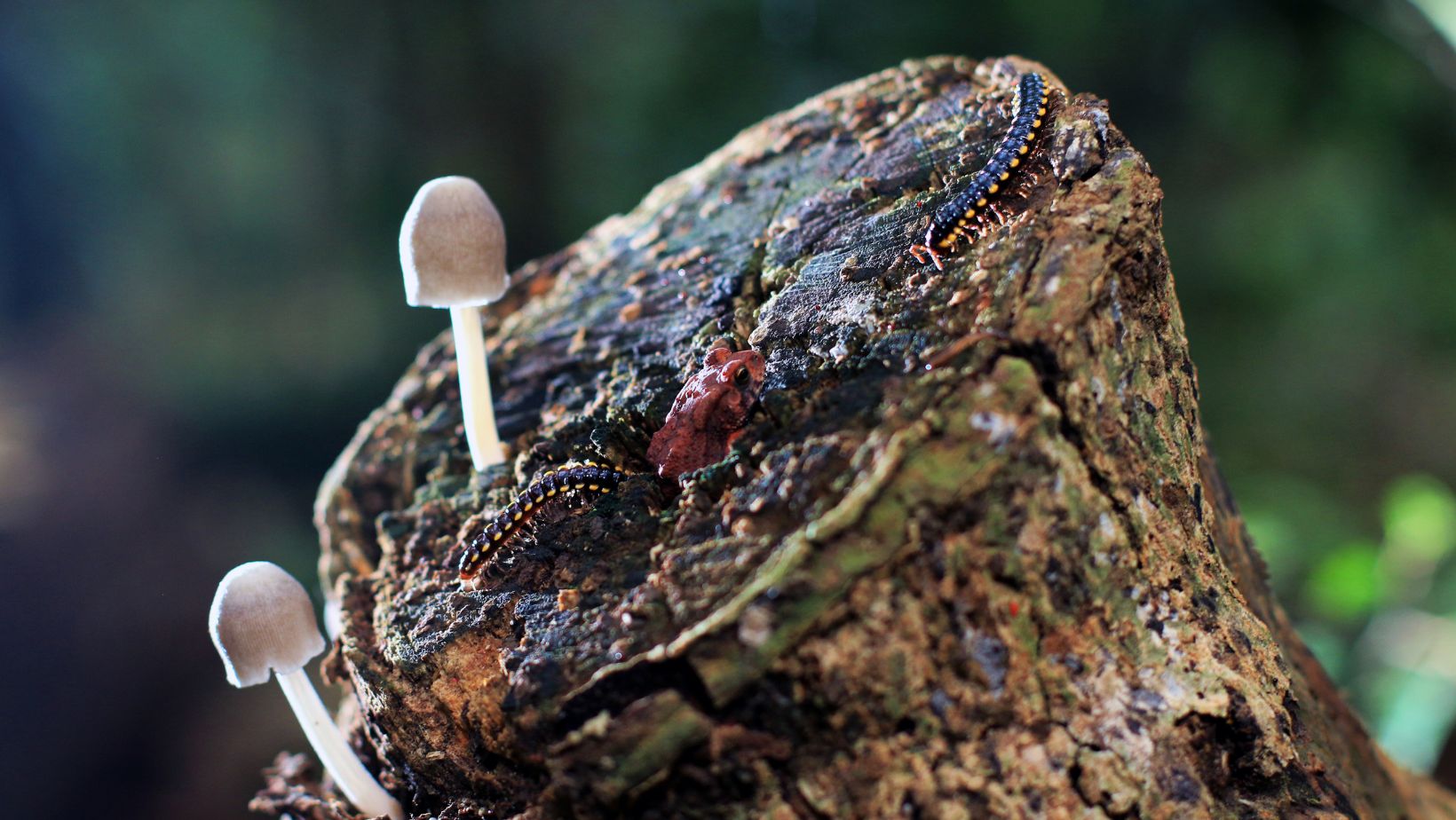These Single-celled Organisms can be Pathogenic but some can also be Edible.
When you think of single-celled organisms, what comes to mind? For many, it’s harmful pathogens causing diseases. But did you know that some of these microscopic entities are actually edible? That’s right, not all single-celled organisms are villains in the story of life.
In fact, some of these tiny creatures play a crucial role in our food chain and even contribute to the rich flavors of certain delicacies. From the yeast that makes our bread rise to the algae used in dietary supplements, these edible single-celled organisms are more common than you might think.
So let’s dive into the fascinating world of these microscopic marvels. We’ll explore their pathogenic side, but also the surprising ways they can end up on our dinner plates. It’s a journey that’ll challenge everything you thought you knew about single-celled organisms.
What are single-celled organisms?
As we delve deeper into this fascinating realm of microbiology, the first order of business is getting ourselves familiar with the basics. At the heart of our discussion today are what we refer to as single-celled organisms.
Definition of Single-Celled Organisms
Single-celled or unicellular organisms are life forms that exist as individual cells. Unlike multi-cellular organisms like us humans, who are made up of trillions of cells, these organisms are comprised of only one single, solitary cell. That’s right – the wonders of life encapsulated within a space so tiny, it’s virtually invisible to the naked eye.
Their micro size, however, doesn’t mean their existence is simplistic. On the contrary, single-celled organisms are complex entities, able to execute all basic life processes such as growth, movement, responsiveness, and reproduction independently. These cellular masterminds, despite their insignificance in size, carry all necessary components to sustain life within that one lone cell.
Examples of Single-Celled Organisms
My point is best illustrated by introducing a few examples. Our daily lives, believe it or not, are greatly influenced by these minuscule beings.
- Yeast: A key component in making bread and brewing beer. The very bubbles in your champagne are thanks to the fermenting power of this microorganism. Despite its commonly occurring presence in our foods, it’s also considered a somewhat pathogenic entity, causing infections such as thrush or candidiasis.
- Algae: Not all algae fall into the single-celled category, but those that do make a world of difference. Spirulina, a type of blue-green algae is exceptionally nutritious, packed with vitamins and protein. You’d probably recognize it from your dietary supplements or those green smoothies popping up everywhere.
- Bacteria: There is an unimaginable number of bacteria in the world, both the good and the bad. Lactobacillus for instance, found in yogurt and other fermented food, plays a crucial role in our digestive health.
Witnessing the versatility and importance these single-celled organisms hold in our lives, it’s clear to see why they deserve more appreciation than apprehension. The journey to explore these amazing micro-entities and their relevance in our lives continues…

Pathogenic single-celled organisms
While it’s true that some single-celled organisms can cause diseases, let’s not forget the beneficial ones that enrich our lives. Yeast, for example, is a key ingredient in bread-making. Algae, on the other hand, is a potent dietary supplement. Even bacteria, often associated with illness, play a crucial role in maintaining our digestive health. These micro-entities might be small, but they’re mighty in their impact. So next time you enjoy a slice of bread or take a supplement, remember the tiny powerhouses that made it possible. Let’s continue to explore and appreciate the diverse roles of these single-celled organisms in our world.
